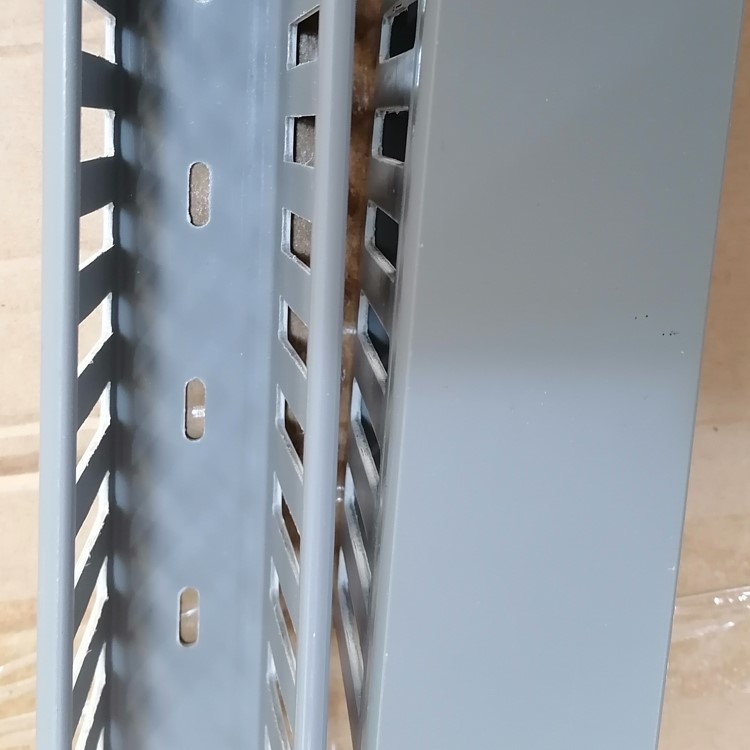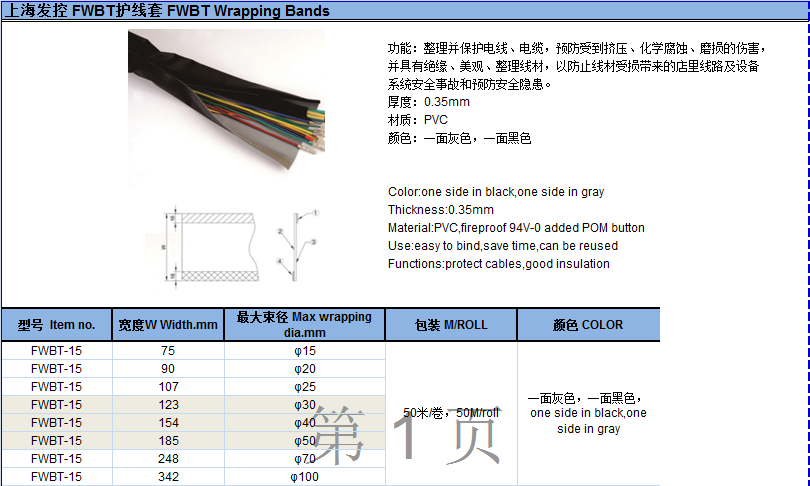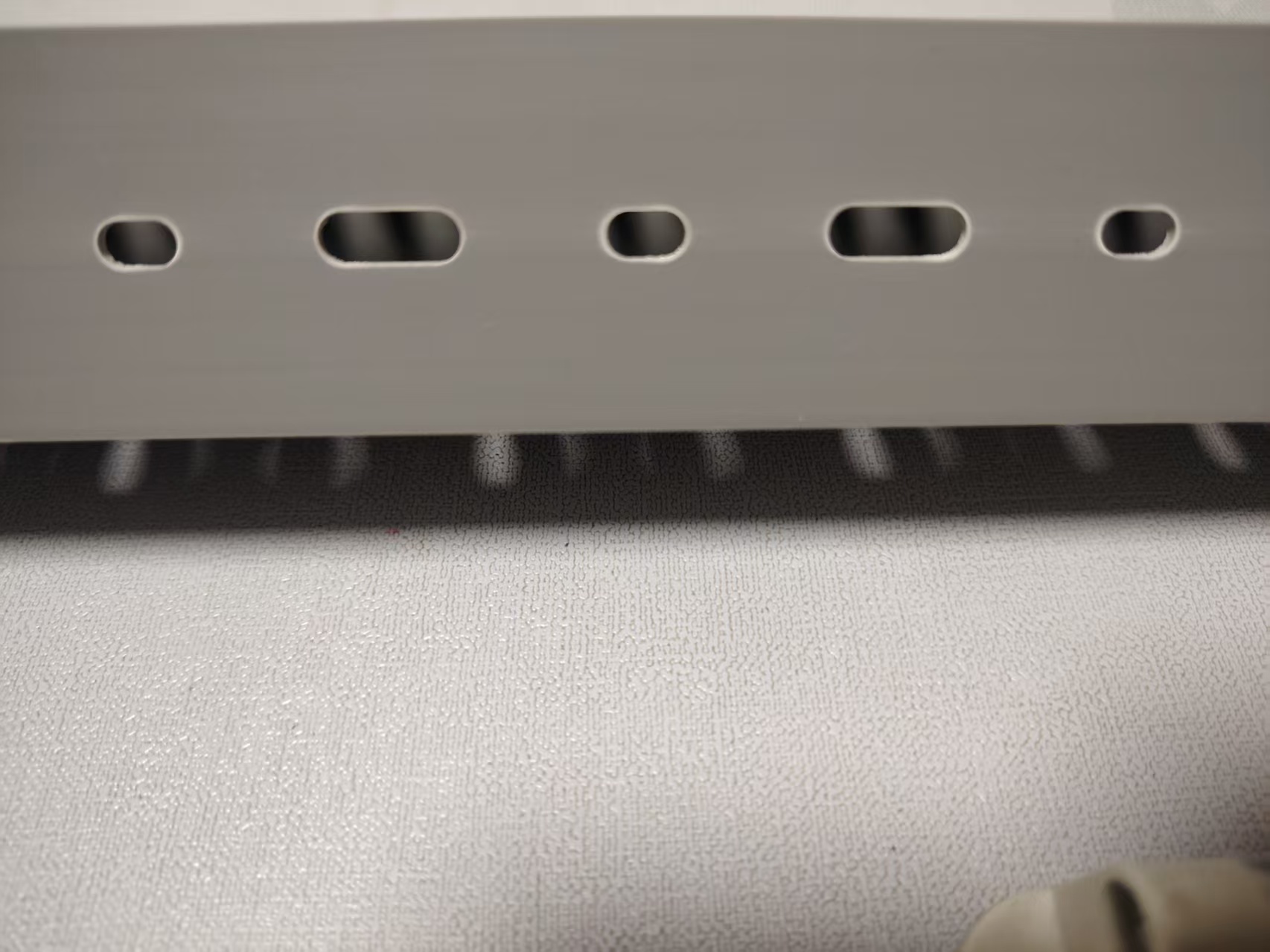Wiring refers to the arrangement of wire connections between components. When making an experimental board for a single chip computer, when soldering a digital tube with 1 pin, it is necessary to lead it out with wires and connect it to the I/O port. The pin spacing is very small, which is a real challenge for beginners. When soldering for the first time, first solder the 4-bit digital tubes onto the board, and then solder the wires on the 12 pins respectively. This is very troublesome. Not only is it troublesome to solder the wires on the pins, but also it is troublesome to route the wires, because the a-h of the digital tubes are not arranged in sequence.
Specific operation: First lay the wire and pass the wire through the hole where the pin with electrical connection is located, so that the connection between components can be achieved while welding components. For electronic components with many pins, small pin spacing, and relatively dense components, such as digital tubes, it is necessary to lay the wires before soldering the components, otherwise it is very troublesome to solder the wires on the pins with dense components. This type of component must first pass the wire through the hole where the pin is located on the universal board (bread board), and fix the wire on the board with spot solder elsewhere. Here, you can choose a relatively thin copper wire as the wire, directly find a wire made of thin copper wire, and peel off the insulation to make a ready-made thin copper wire wire. Insert the electronic components and solder them onto the pins








